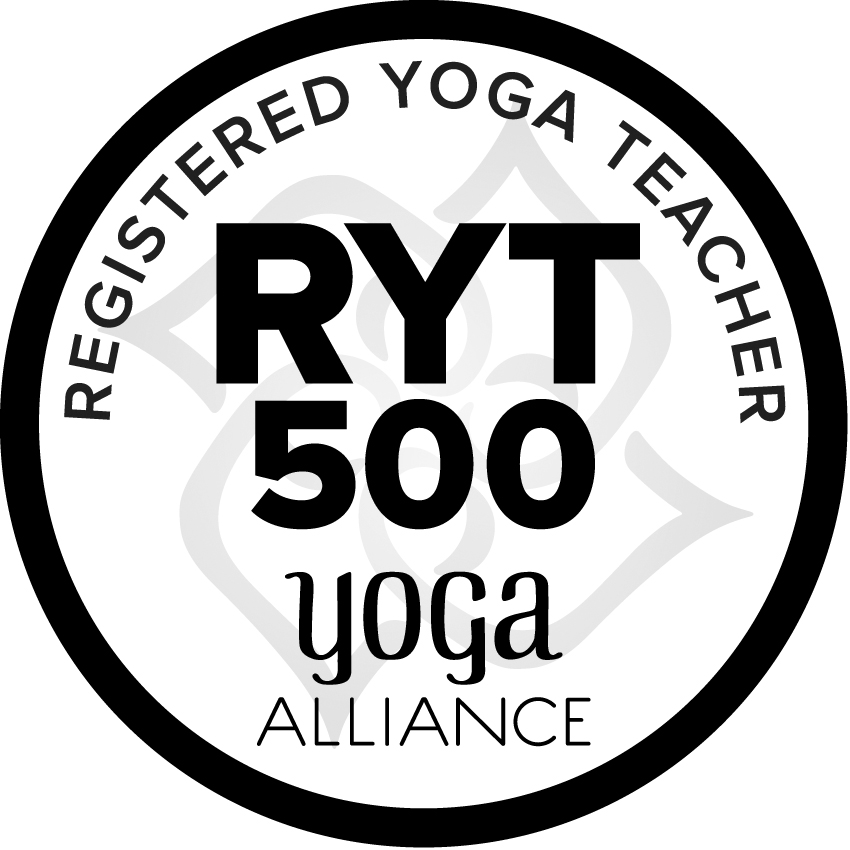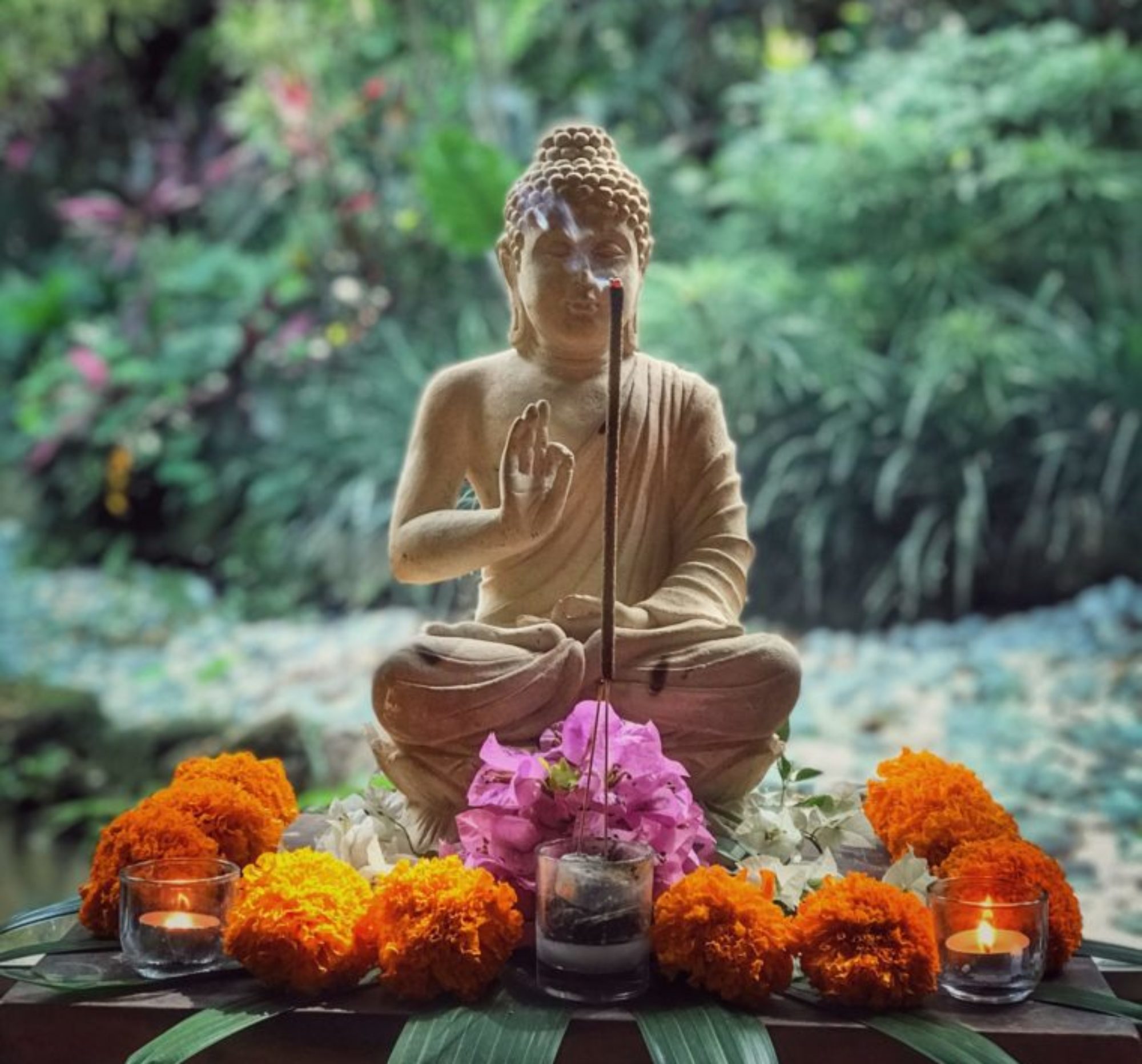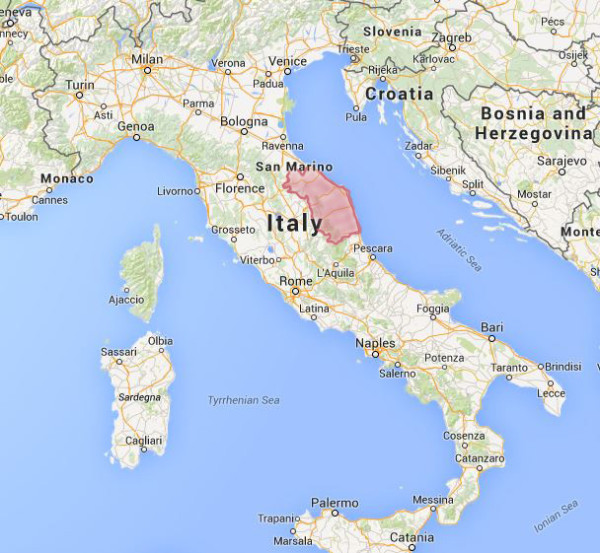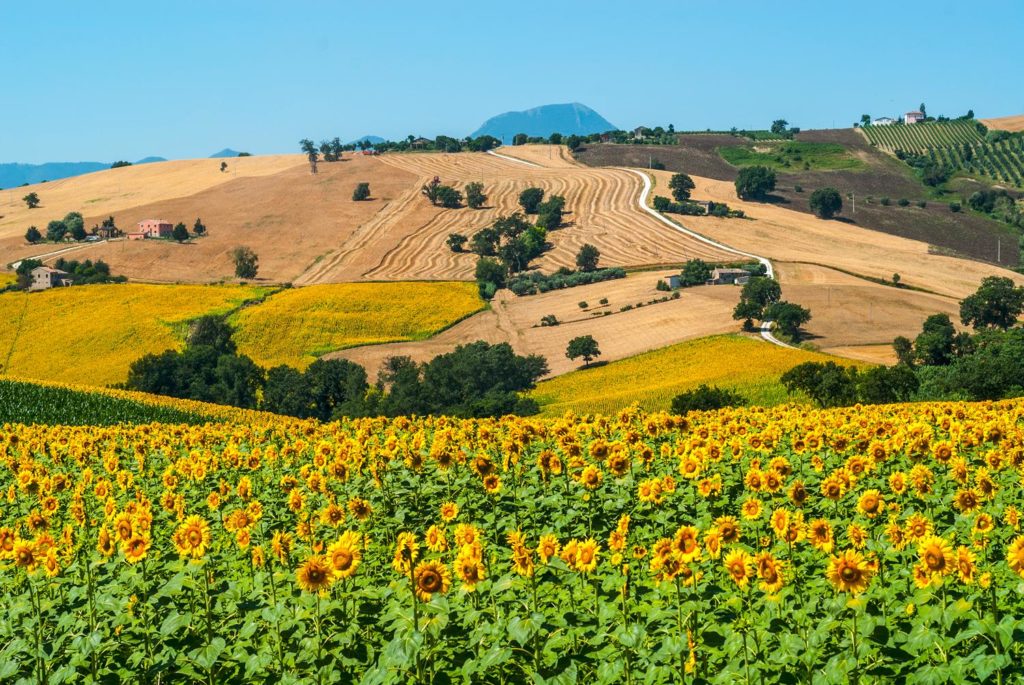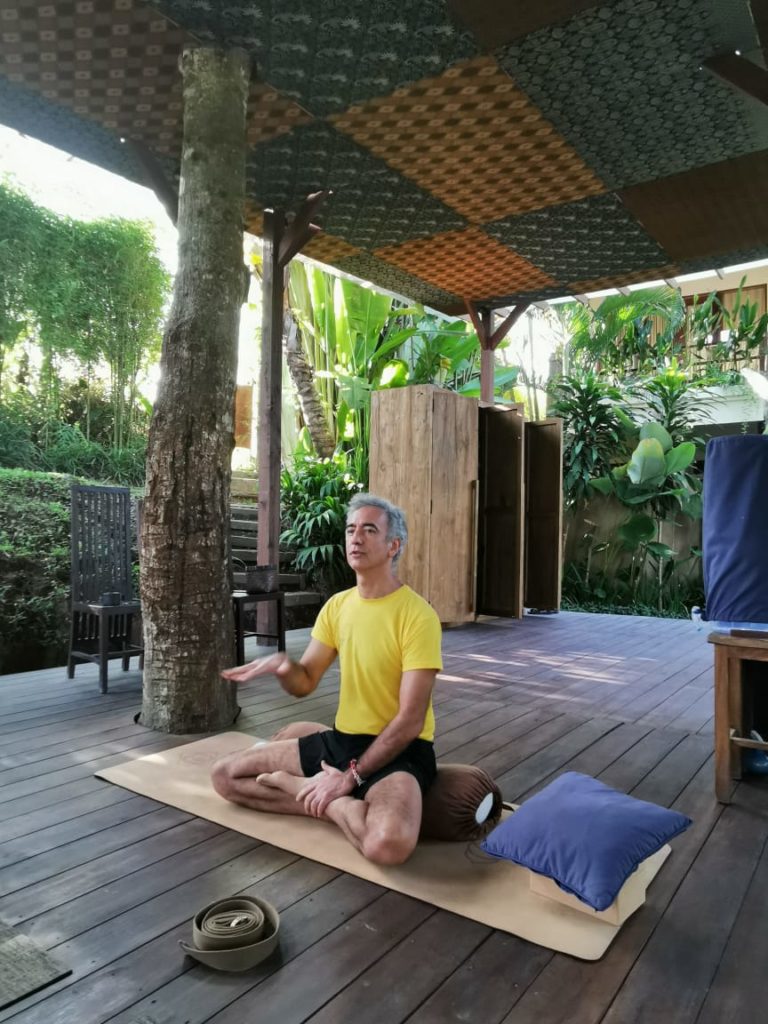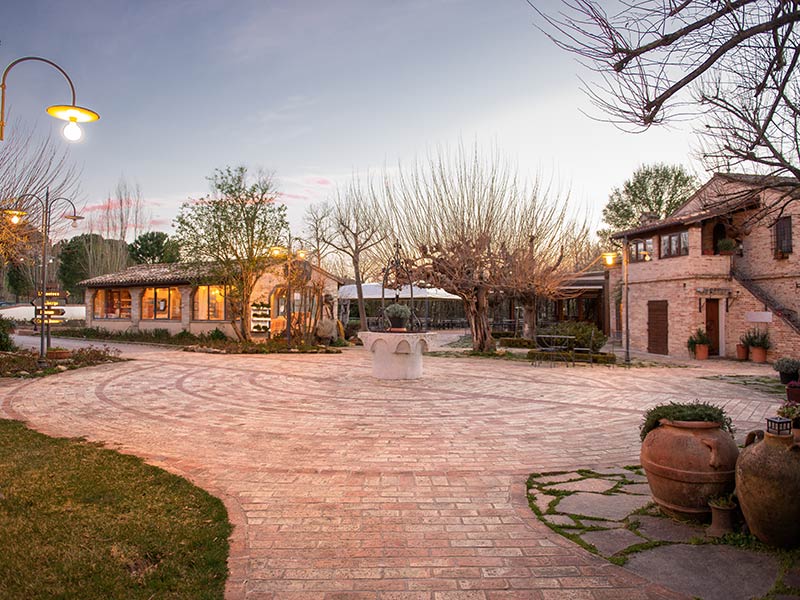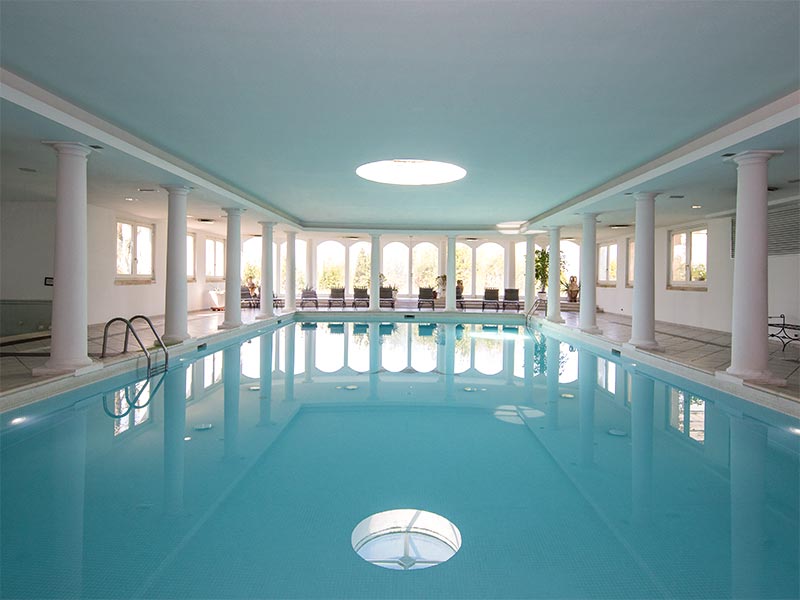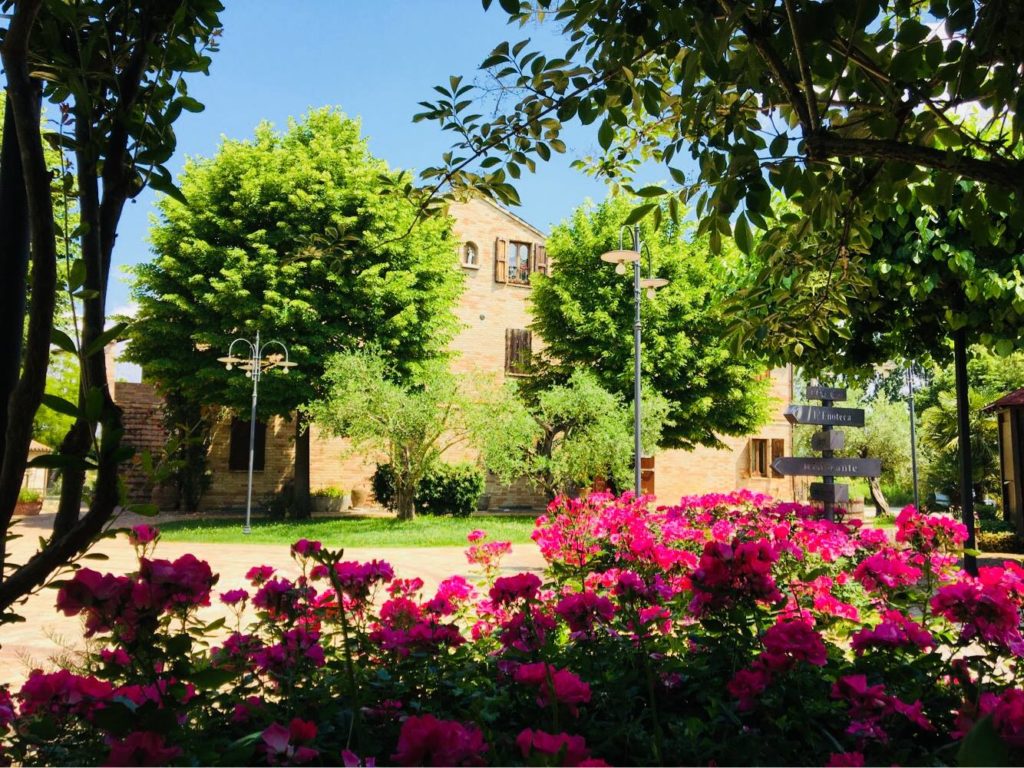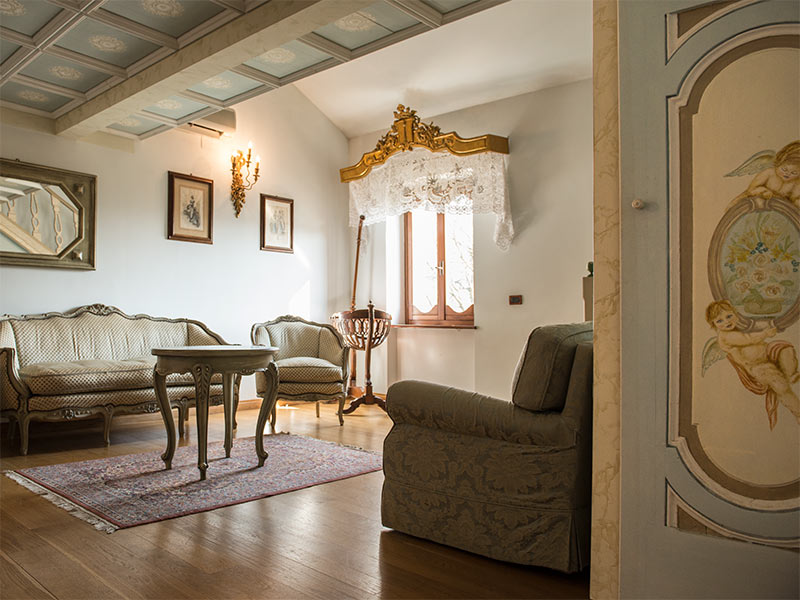Anukalana Yoga
Anukalana® (integration in Sanskrit) is a style of yoga that combines yoga with other disciplines like Tai chi, Qigong, Indian and contemporary dance to create a more natural approach to the practice of yoga. The name Anukalana® refers both to the integration of these different traditions and to the integrated view of the body that it promotes.
Its objective is to enable each practitioner to achieve traditional yoga postures in a softer way, with little effort, rigidity or tension. It uses specific breathing techniques to facilitate flowing in and out of each posture in a very fluid way. Movement is at the heart of Anukalana® so that the entire body and its tissues participate in the practice.
Jacopo Ceccarelli, who is based in Florence, Italy, has been developing Anukalana® over the last 15-20 years. It’s a very comprehensive yoga approach which covers all aspects from breathing, to alignment, to how to transition in and out of asanas.
What has emerged is a complete approach to yoga involving both theory and practice. There are many elements that constitute the Anukalana’s® practice, for example:
– using the spinal wave to lengthen and soften
– finding one’s own alignment
– following the body’s spirals in the movement
– finding and following the flows of energy both when breathing and during the physical practice
– understanding and using the difference between movement and stillness (we reference Shiva and Shakti as consciousness and energy to differentiate between them)
– knowing when to use the bandhas in Anukalana® … and many more
If you would like to learn more about Anukalana® Yoga and his founder please follow this link https://www.anukalanayoga.com/en/ and watch the videos in the Images, Sounds and Voices section of this website
In absolute samadhi, a state in which the activity of consciousness is stopped, there is no time. “No time” means there is only the present time … Time completely disappears in absolute samadhi, and so does space. Causation also disappears. There is only a row of events. This state of no time, no space and no causation is simply realized, without discussion, as an immediate experience in absolute samadhi … Moment after moment, only the present comes and goes during the period of samadhi, a continuous stream of the present. Only in the present can we be said to exist. Katsuki Sekida, Zen Training
